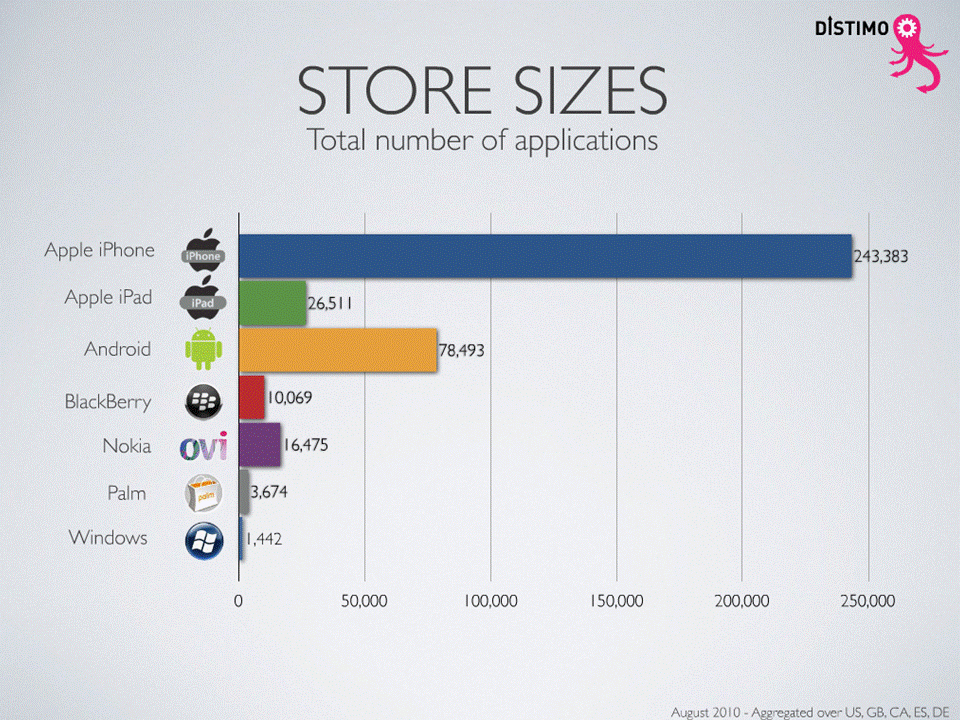This previous article set out the litany of excuses given as to why communication innovation has stopped in operators; and as promised we’re now going to work through how those excuses can be solved / avoided / ignored.
To begin with there is the classic “We tried that service (or similar service) in our market and it failed (and we’re never ever going to try again.)” This demonstrates a serious cultural issue stifling innovation within both operators and their suppliers. Essentially its a blame culture, which means never being associated with failure. To achieve that objective there are a cadre of employees hunting for a project that is gaining traction, then becoming loosely associated with it, and then claiming at least partial responsibility for its success when bonuses or layoffs are being considered. While the people who focus on making a specific service happen (which more often than not fails) are generally punished as failure is not seen as critical to innovation, rather its considered a bad smell that must be removed. So by attrition operators are quite simply whittling away their ability to innovate.
Google is a good example of embracing failure, it has launched many services, some developed through mainstream projects, others developed through the 20% of time all employees can devote to innovation. Failures include Google Video Player, Google Web Accelerator, Google Answers, Google Voice Search, Google Orkut and recently Google Wave (suspended development.) But each failure moves along their understanding and helps them improve the odds of succeeding next time. So rather than taking the failure to mean the service doesn’t work in our market, the question should be: why didn’t it work, and what can we do to make it succeed this time? Now there is a point at which some attempts should be laid to rest, but the current one-shot-and-that’s-it approach is seriously stifling innovation.
This endemic issue requires the telco’s board to change the way they act, in accepting failure of a service (provided it launched successfully), and rewarding the product manager as they’ve learned more than most other people in the organization and are now much more hungry for success. This change can only come from the top, its no longer about running the network – that’s essential but commoditized, its about remaining relevant to customers as service providers.
Another one of my favorite excuses is: “We can only focus on 4 service launches per year (because we only back major successes like Video Telephony, Mobile TV, Push To Talk, See What I See, Mobile IM, etc.)” To the previous point it is important to get out there and innovate, but to innovate requires we learn from our failures. Mobile video telephony was and remains a failure. In some 3G business cases created back in 2000 the service should be counting for 10-20% of call time by now. But rather than recognize the failure, its quietly swept under the carpet, and things go along ignoring the elephant in the room. Apple Facetime shows how to address many of the failure points in video telephony including image quality, presence (so you know the person can take the video call), and that most video telephony is between friends and family. At least Apple has learned from the telecom industry’s mistakes.
And the “4 service launches per year” always left me puzzled, given we’re now on the long tail of communication applications, why are we still trying to launch the next big thing while the rest of the industry has clued-in that in the long tail its quantity. I show below Distimo’s latest app store stats, the full presentation is here. Apple has roughly 250k apps (VAS (Value Added Services) if you like in Telco parlance), Android has roughly 80k. Many of them overlap, most of them according to the criteria operators use are failures, but it drives customers to devices which increasingly resign the operator to being a connectivity provider. Which currently is a nice business as customers are still willing to pay for minutes they do not use, bundles of SMS they do not use, and now a bundle of bytes they do not use. But operators do not have a monopoly over access, which means when all the operator provides is access, margins will rapidly tend to near zero. So the good financial results currently being generated by customers buying data plans will start to back-fire, as that’s all customers buy.
Bottom-line on this excuse is operators need a store front and it should be selling lots of communication applications.

I couldn’t agree more that the changes you describe need to start from the top. It’s hard to innovate when one of the very few major strategic objectives of the major operators is to continue to build out network. Consider Verizon Wireless. It’s likely the case that anything not tied to the LTE build out does not get serious consideration. And anything that doesn’t have a business case to make hundreds of millions of dollars doesn’t receive serious consideration.
It’s hard to innovate when those are [arguably] the major strategic objectives.